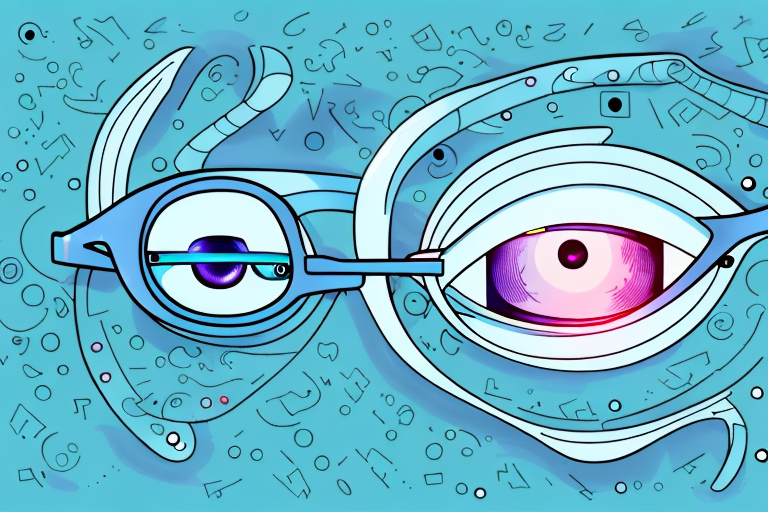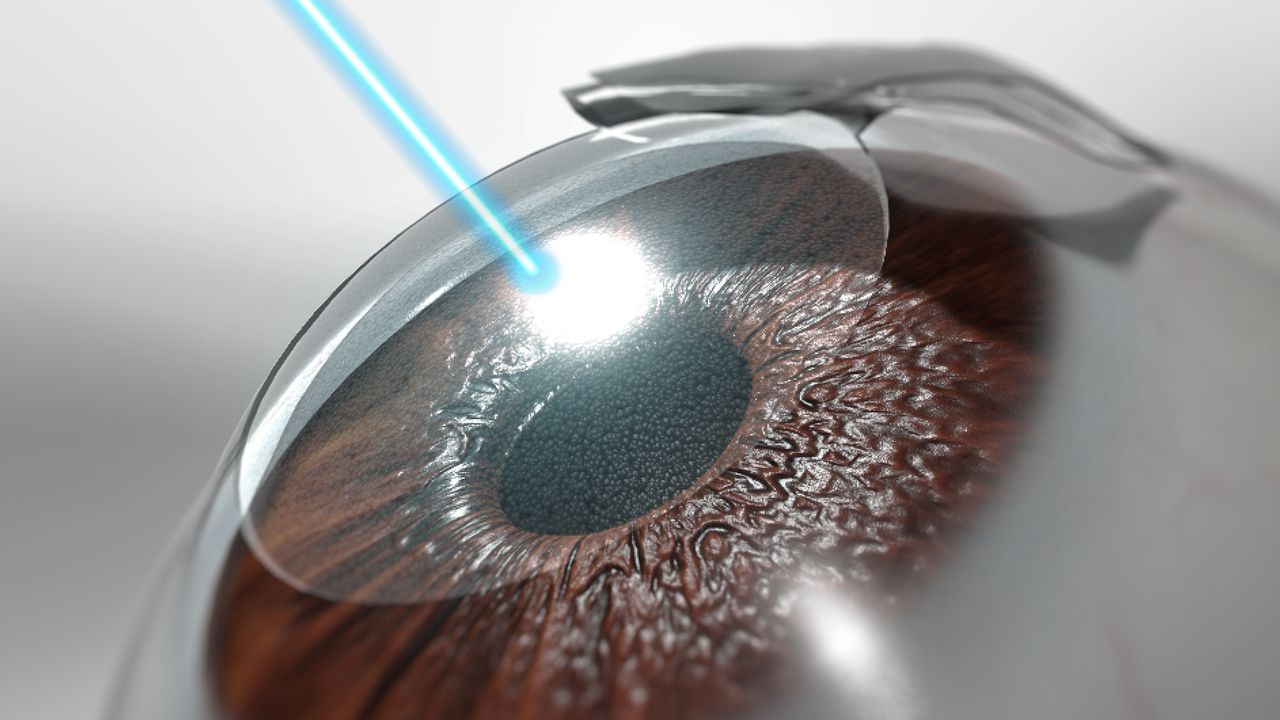Introduction: Why Patient Experiences Matter in Laser Eye Surgery
For many people, waking up and seeing the world clearly without glasses or contact lenses sounds like a dream. Laser eye surgery makes that dream a reality — but is it really worth it?
While advertisements often highlight quick procedures and perfect results, the best way to understand its true value is by hearing from real patients. Their stories reveal what to expect before, during, and after surgery — from the costs to recovery challenges and, most importantly, the life-changing results.
Section 1: What Is Laser Eye Surgery and Who Is It For?
Laser eye surgery is a medical procedure that reshapes the cornea — the clear front part of your eye — so light can focus properly on the retina. This correction helps eliminate or significantly reduce refractive errors like myopia (nearsightedness), hyperopia (farsightedness), and astigmatism.
Here are the three most common types of laser eye surgery:
- LASIK (Laser-Assisted In Situ Keratomileusis): The most popular form. A flap is created in the cornea, and a laser reshapes the underlying tissue. Recovery is quick — most patients see clearly within a day or two.
- PRK (Photorefractive Keratectomy): Recommended for those with thin corneas. It doesn’t require a corneal flap. Recovery takes longer, but the end results are just as impressive.
- SMILE (Small Incision Lenticule Extraction): A newer, minimally invasive procedure that uses a laser to remove a small piece of corneal tissue through a tiny incision. Healing is fast, and there’s less risk of dry eyes.
Eligibility:
You must be at least 18 years old, have a stable vision prescription for at least 12 months, and have healthy eyes. Those with conditions like keratoconus, severe dry eyes, or autoimmune diseases may not be ideal candidates.
Section 2: Real Patient Stories — The Honest Results
1. Chloe, 27 – LASIK
Chloe wore glasses since high school and finally decided to go for LASIK. “It was over in 15 minutes. I could see clearly the next morning,” she recalls. She experienced mild dryness but used lubricating drops as advised. “It’s incredible to wake up and instantly see the world.”
2. Ryan, 38 – PRK
Ryan’s optometrist recommended PRK due to his thin corneas. The first week was tough — his eyes were sensitive, and his vision was hazy. “It took about a month before I saw 20/20,” he says. “But the results were worth every moment of discomfort.”

3. Olivia, 33 – SMILE
For Olivia, SMILE was a game changer. “It was painless, and my recovery was super fast,” she shares. She noticed slight light sensitivity for a few days but was thrilled to be driving again within a week.
4. Ethan, 45 – LASIK
Ethan hesitated for years before choosing LASIK. “I spent over $5,000, but I’d do it again,” he laughs. “I can play sports, swim, and work without worrying about my glasses.” His only challenge was avoiding screens for the first few days — something he found harder than expected.
5. Mia, 50 – PRK
Mia underwent PRK because of mild cataract concerns and a thin cornea. “It took patience,” she says. “My vision fluctuated for several weeks, but once it stabilized, I couldn’t believe how clear everything looked.”
Section 3: Common Challenges and How Patients Overcame Them
Even though laser eye treatment is safe and effective, patients report some short-term side effects. Here are the most common — and how they managed them:
1. Dry Eyes
Dryness is common for the first few weeks. Most patients used artificial tears and avoided air-conditioned environments until their eyes adjusted.
2. Light Sensitivity
Sunglasses became essential for many. Patients who underwent LASIK or SMILE often experienced light sensitivity outdoors, especially in bright sunlight, for a few weeks.
3. Vision Fluctuations
Fluctuating clarity is typical during recovery, particularly for PRK patients. Vision usually stabilizes within 1–3 months.
4. Anxiety and Overthinking
Many first-time patients admitted feeling anxious about surgery. Talking to their surgeon, reading reviews, and connecting with others who had undergone the same procedure helped them stay calm and confident.
5. Cost Concerns
Laser eye surgery in Australia costs between $2,500–$4,000 per eye, depending on the clinic, procedure type, and technology used. While not cheap, most patients described it as “an investment in freedom and quality of life.”
Section 4: Tips and Advice from Real Patients
If you’re considering laser vision correction, here’s advice from those who’ve already gone through it:
- Choose a Trusted Surgeon: Research credentials, read reviews, and don’t base your decision on price alone.
- Follow Post-Op Instructions: Stick to the prescribed eye drops and avoid touching your eyes.
- Rest Your Eyes: Limit screen time for the first few days — your eyes need time to heal.
- Stay Hydrated: Drink plenty of water and use artificial tears as needed.
- Protect Your Eyes Outdoors: Always wear UV-blocking sunglasses, especially right after surgery.
- Attend All Follow-Ups: Your ophthalmologist will ensure everything is healing as expected.
- Don’t Rush the Process: Each person’s recovery timeline is different — patience pays off.
Section 5: Benefits Patients Experienced After Recovery
Nearly every patient described the results as life-changing. The most commonly reported long-term benefits include:
- Clear, Natural Vision: Many achieved 20/20 vision or better.
- Freedom from Glasses and Contacts: No more maintenance, fogging, or replacements.
- Improved Confidence: Seeing clearly without visual aids boosts self-esteem.
- Convenience for Active Lifestyles: Swimming, traveling, and exercising became easier.
- Long-Term Cost Savings: The upfront cost often offsets years of buying lenses and frames.
Most patients said they would absolutely recommend laser eye surgery to others — not just for the vision improvement, but for the confidence and lifestyle freedom it brings.
Conclusion: Is Laser Eye Surgery Worth It?
For most people, laser eye surgery is absolutely worth it. The upfront cost and brief recovery are small prices to pay for years — even decades — of visual freedom. Patients overwhelmingly describe the experience as empowering and transformative.
If you’re considering LASIK eye surgery or another laser procedure, consult a qualified ophthalmologist who can evaluate your eyes, explain realistic outcomes, and help you decide which treatment suits you best.
FAQS
Most patients experienced mild discomfort or scratchiness right after surgery, but this usually faded within a few hours. Many were amazed at how clearly they could see the next morning — a truly eye-opening moment, both literally and figuratively.
LASIK patients typically reported clear vision within 24–48 hours, while PRK patients took a few weeks. SMILE patients usually noticed sharp vision within a week. Each recovery journey is unique but rewarding.
Dry eyes, light sensitivity, and temporary vision fluctuations were common. Most patients managed these with prescribed eye drops, rest, and protective sunglasses until their eyes adjusted.
Yes. LASIK offers quick results, PRK takes longer but suits those with thin corneas, and SMILE provides comfort and minimal invasiveness. Each method delivers excellent long-term vision when chosen appropriately.


